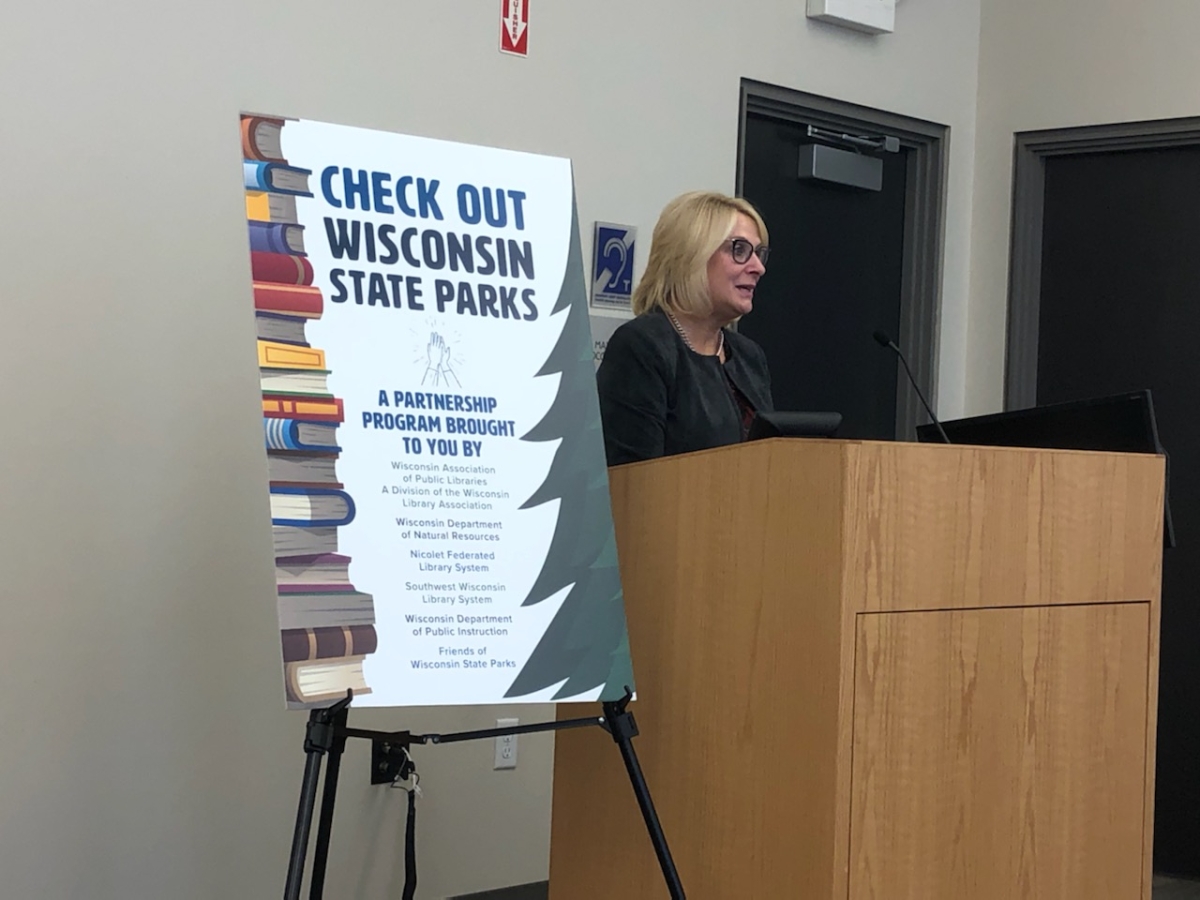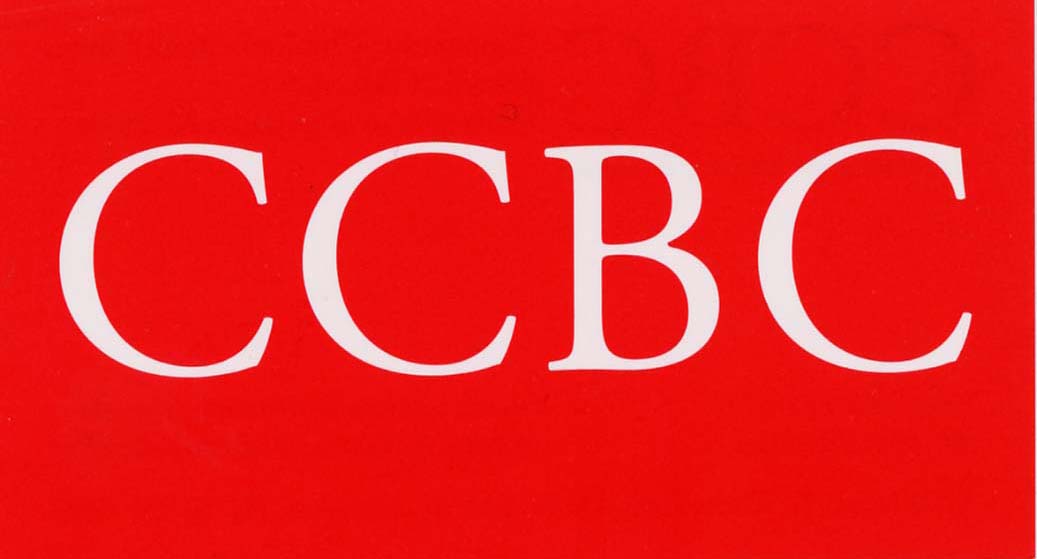DPI distributes $15M to Public Libraries
The Wisconsin Department of Public Instruction announced today the disbursement of $15 million to public library systems throughout the state. The DPI’s Division for Libraries and Technology administers the distribution of State Aid to Public Library Systems according to Wisconsin State Statute.

 The Cooperative Children's Book Center (CCBC) invites you to the 2022 Charlotte Zolotow Lecture.
The Cooperative Children's Book Center (CCBC) invites you to the 2022 Charlotte Zolotow Lecture.